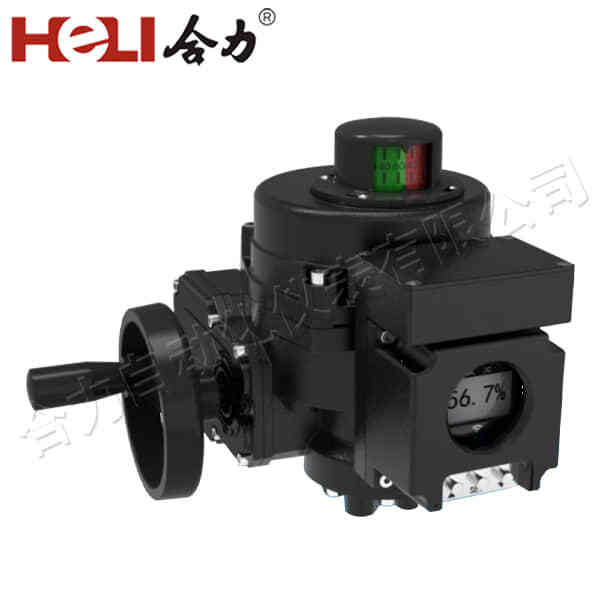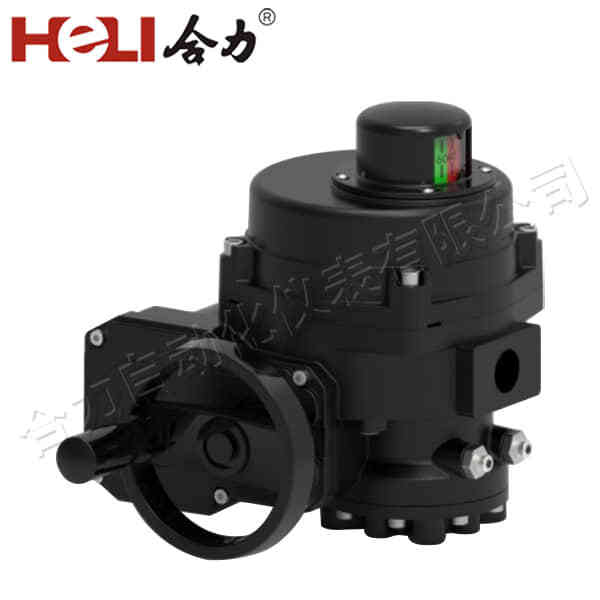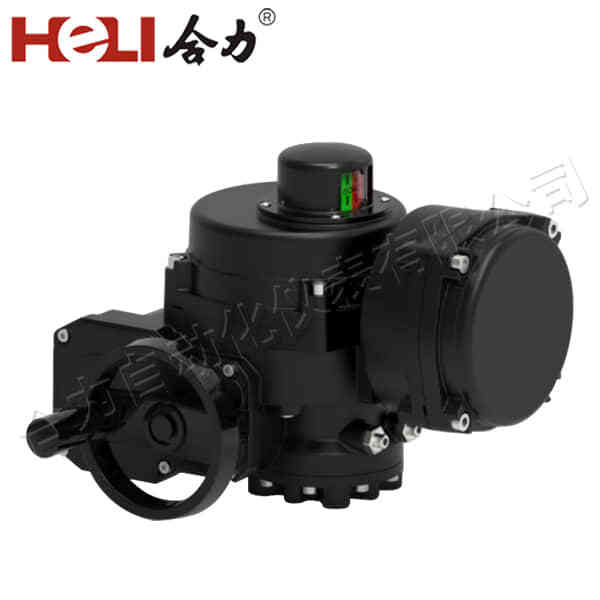Electric actuator valves are integral components in modern industrial automation systems. These devices combine electric actuators and control valves to regulate the flow of liquids, gases, and slurries in various applications, from manufacturing plants to water treatment facilities. As industries continue to prioritize efficiency, reliability, and precision, electric actuator valves have gained prominence due to their automation capabilities and ability to reduce human intervention in controlling processes.

What Are Electric Actuator Valves?

An electric actuator valve is essentially a valve that is powered by an electric motor rather than traditional methods like pneumatic or hydraulic power. The actuator receives an electrical signal, typically from a controller or system, and translates it into mechanical movement to open, close, or modulate the valve position. This enables automated control of fluid or gas flow in a wide range of industries, from chemical processing to oil and gas production. The primary components of an electric actuator valve include: Electric Actuator – This is the motorized part of the system, which converts electrical energy into mechanical movement to operate the valve.
